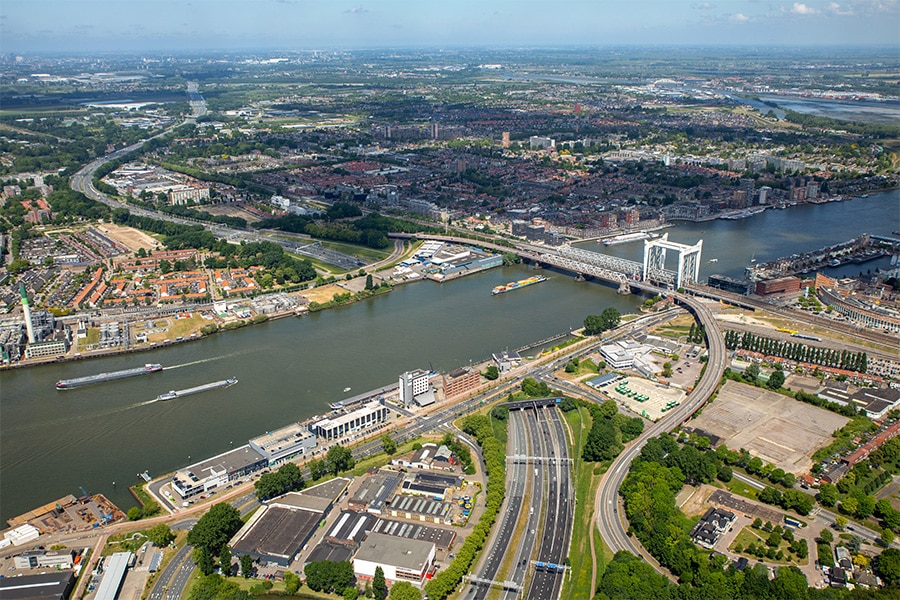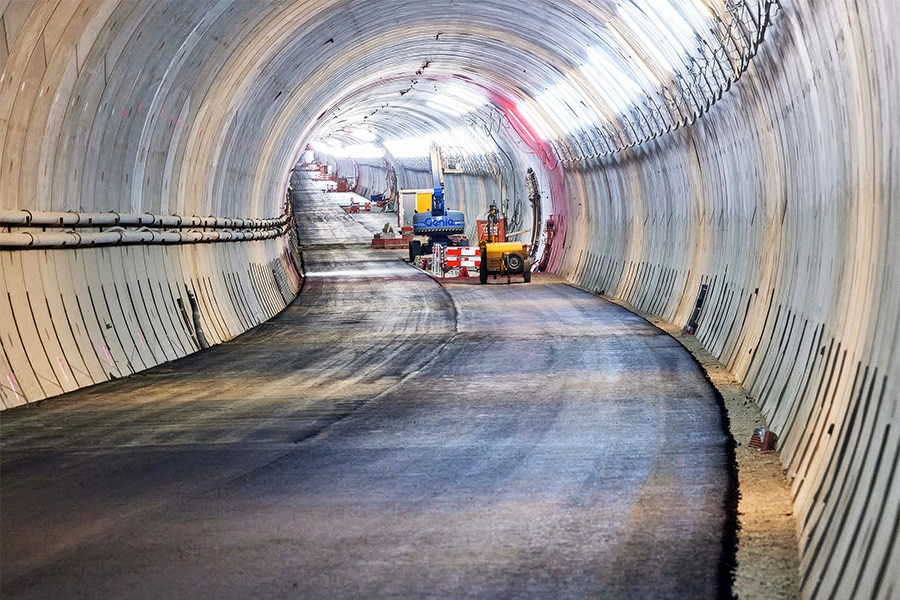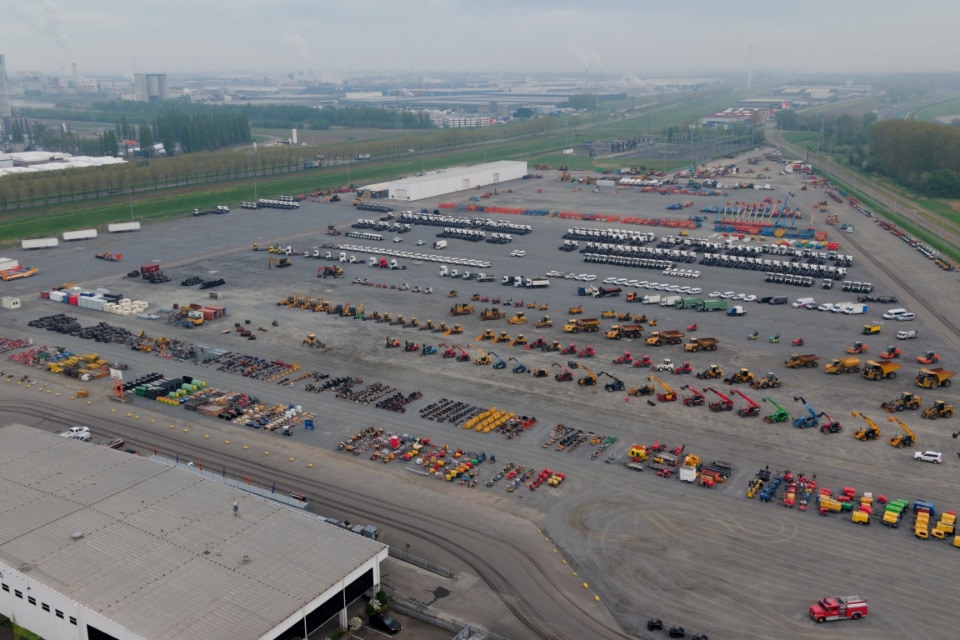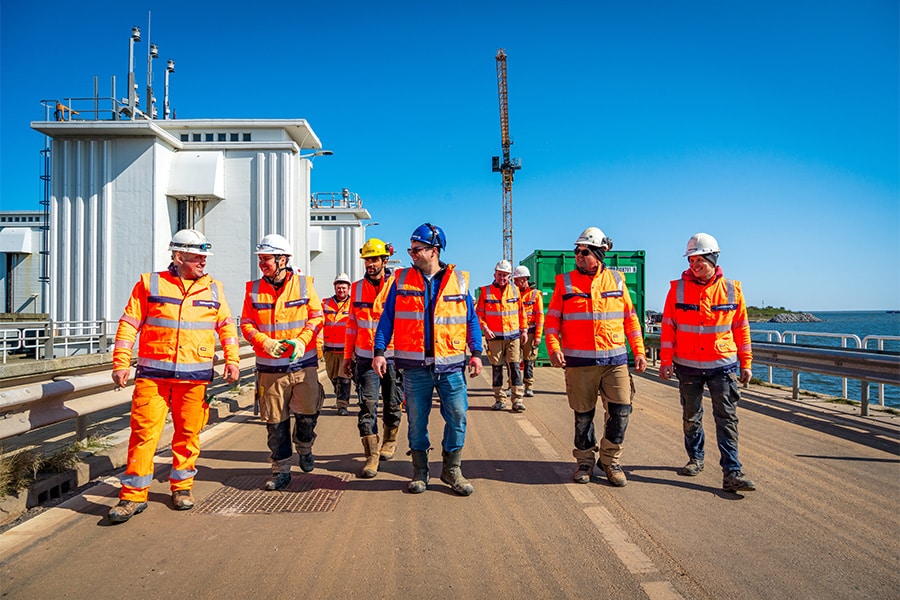
5 tips for environmental managers!
The importance of strategic environment management has increased, why?
We put this question to expert Tom Leest, an independent consultant and trainer specializing in strategic environmental management and involved in large and complex infrastructure projects such as the A15 Maasvlakte-Vaanplein and the A16 Rotterdam.
1. A complex society
For most spatial projects, there is a multitude of interests, where it is not easy to weigh, balance or merge those interests. This requires a good analysis and strategy to give those interests a place in the project.
TIP: 'Make a good stakeholder and/or issue analysis. Map out the interests and, above all, take sufficient time to look at this with the key people from your project organization. What are the opportunities and challenges for the project and how can you best deal with them?
2. Empowered and organized citizens with high levels of knowledge
Groups know how to organize themselves faster through social media and their networks. They also gather knowledge faster through the Internet. That makes you operate much more on an equal knowledge level with the different parties.
Authority has long since ceased to be taken for granted. The choices you make as a government or company are criticized or questioned. At the local level, a nice example in this context is the so-called right to challenge. Here, a group of organized residents can "challenge" the government by doing a government task in their own neighborhood or city better, smarter or differently themselves.
TIP: 'Make sure you have a good picture of your stakeholders and follow them actively on social media. Try to take these parties seriously, inform them early and also give them the scoop once in a while.
3. Transparency helps everyone
With the advent of the many social media, it is difficult to withhold information. Moreover, a sustainable relationship with the environment benefits from as much transparency as possible. It is therefore wise to approach your stakeholders with an open mind and transparent attitude. However, it requires a certain way of thinking that is not self-evident in many organizations. So herein lies also a great internal challenge for the environment manager.
TIP: 'Bring your environment inside. Show that you are transparent in sharing information to the environment. Create more understanding for this among your colleagues in the project organization, and consider a tool like 'joint fact finding' where you as environment manager gather the same information together with stakeholders and arrive at a common level of knowledge.
4. The power of alliances
You see more and more often in projects that there is no longer one initiator or funder, but more and more collaborative efforts. You are almost never completely alone at the wheel of a project. Multiple parties are jointly responsible, and this makes your project more complex.
Important issues for the environmental manager in this regard include managing the cooperation between these various parties and keeping agreements made.
TIP: 'Often administrative and/or cooperation agreements are made at an early stage. The trick is to keep feeding these agreements, even when new people come on board. Organize a memory, celebrate joint successes and stay sharp on past agreements.
5. The internal challenge
In the construction world, the added value of environmental management is increasingly recognized. There is more focus on the prevention of nuisance. Good strategic environmental management appears more often in the requirements or EMVI criteria in tenders.
In project teams, both in government and construction companies, environment teams or environment managers still often struggle to position themselves properly and integrate environmental concerns into a project team. The internal challenge is to bring the rest of your organization or project team into the "environment thinking.
TIP: 'If you go to talks with stakeholders, take a technical colleague who is responsible for the subject with you, for example. It is useful to familiarize your colleagues from different work fields with the interests at play in the environment, so that they can also take them into account in their work.'
Want to know more?
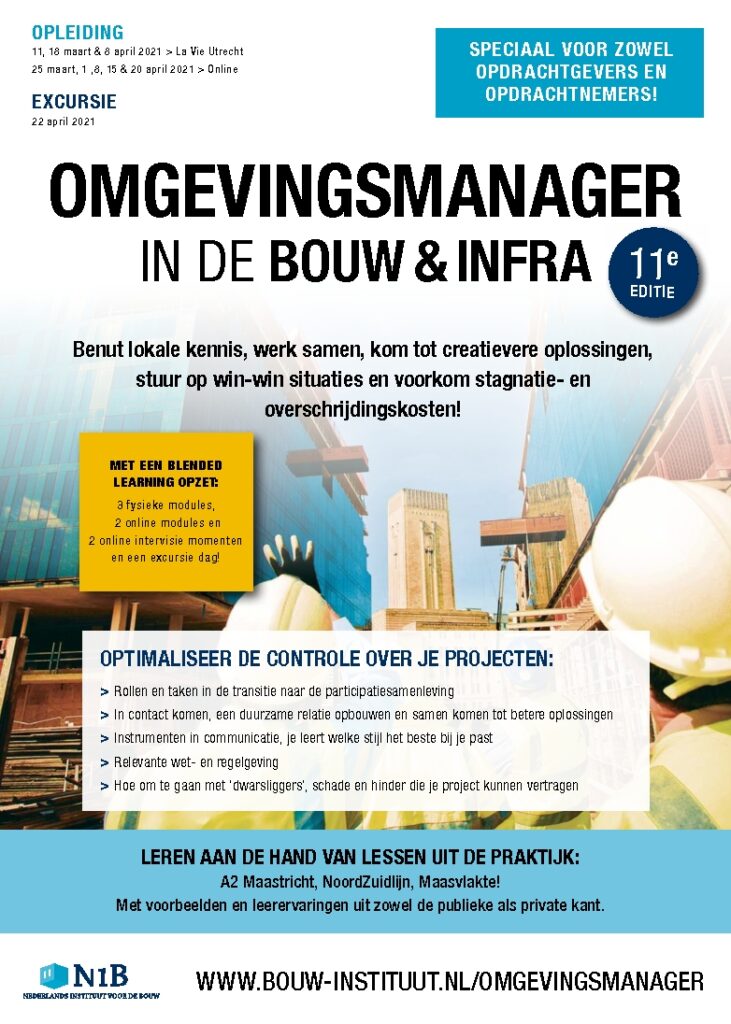
Tom Leest is one of the instructors of the 5-day course 'Environmental Manager in Construction and Infra'. Leverage local knowledge, work together, come up with more creative solutions, steer toward win-win situations and avoid stagnation and overrun costs!
